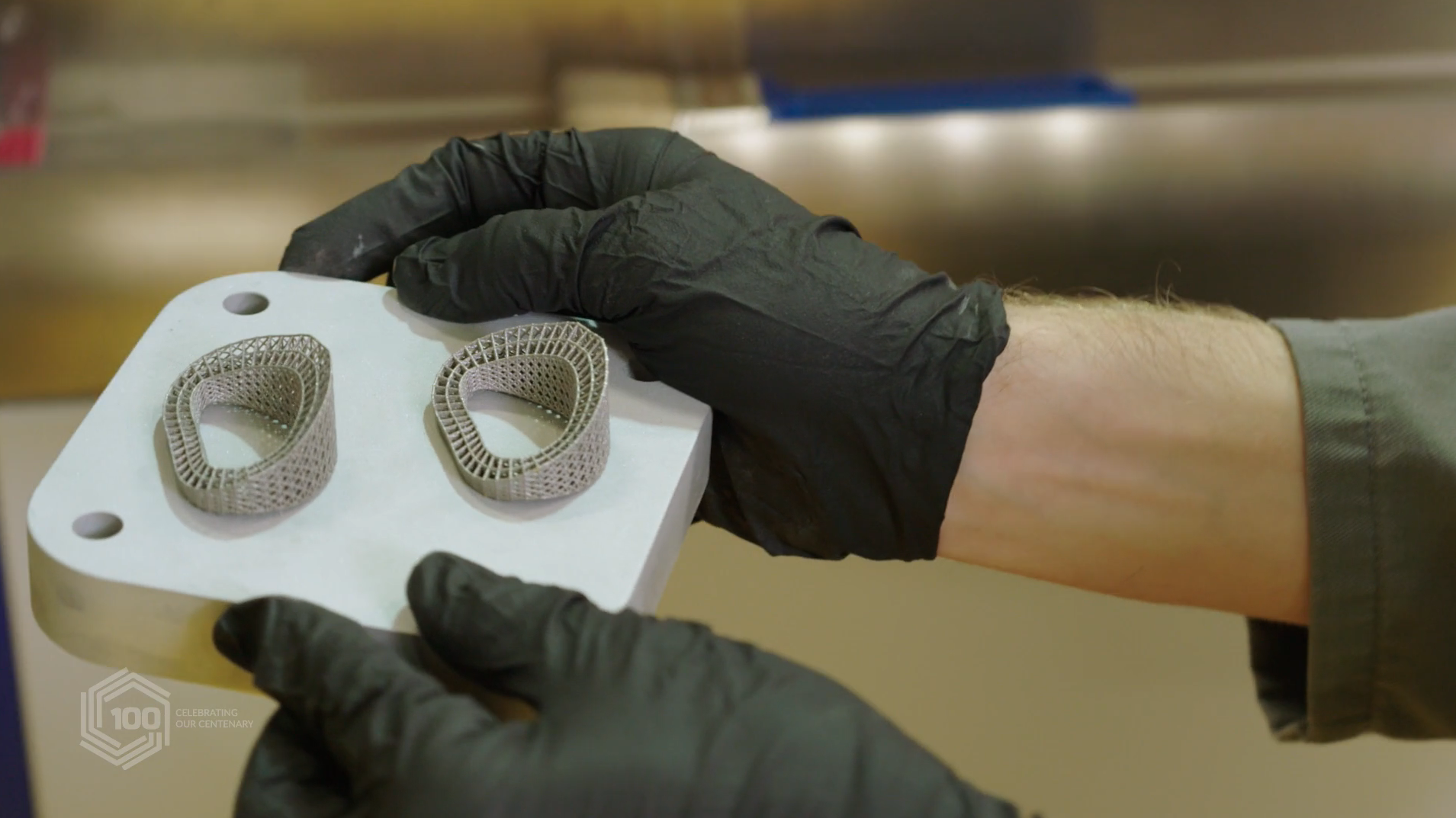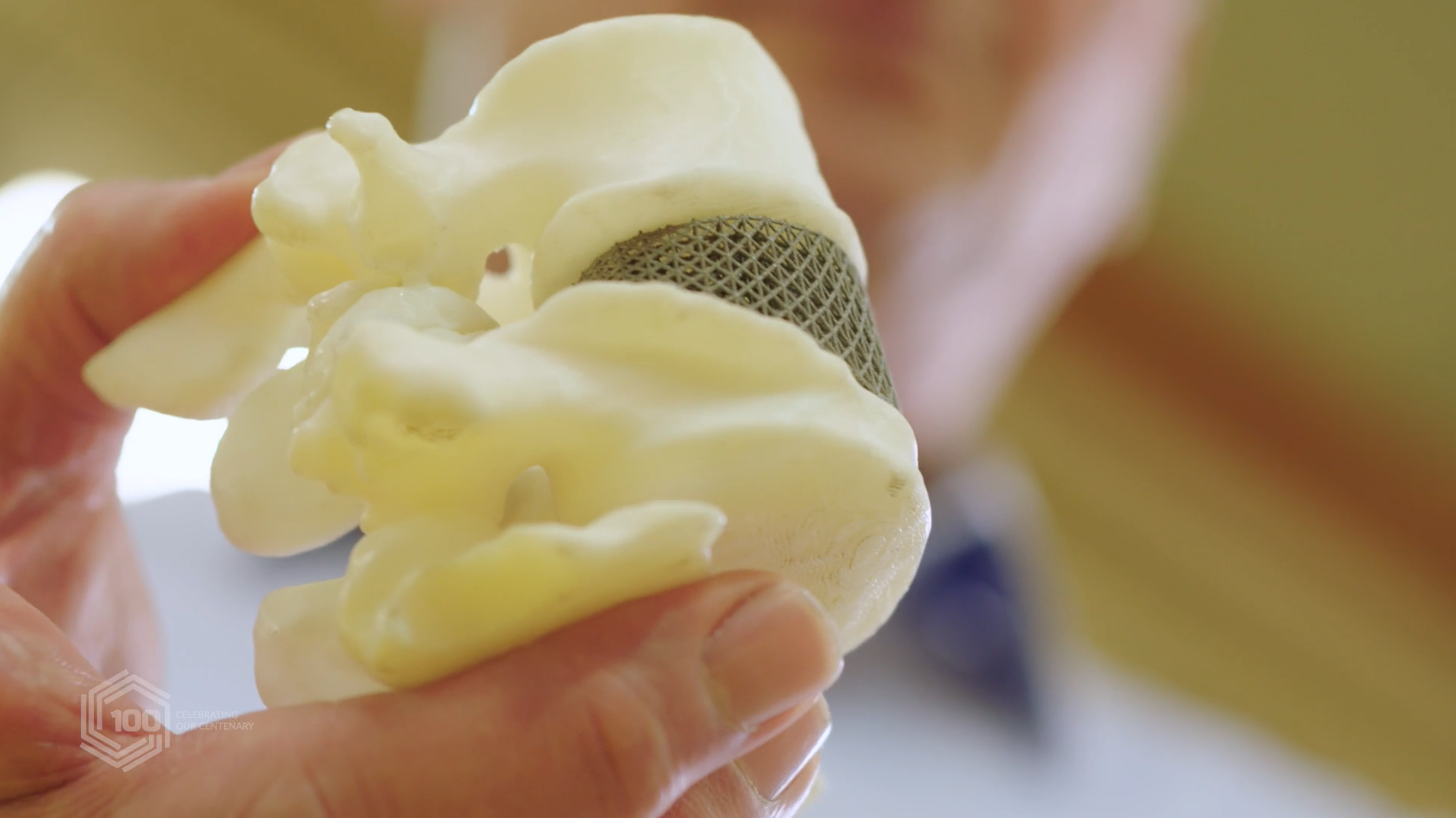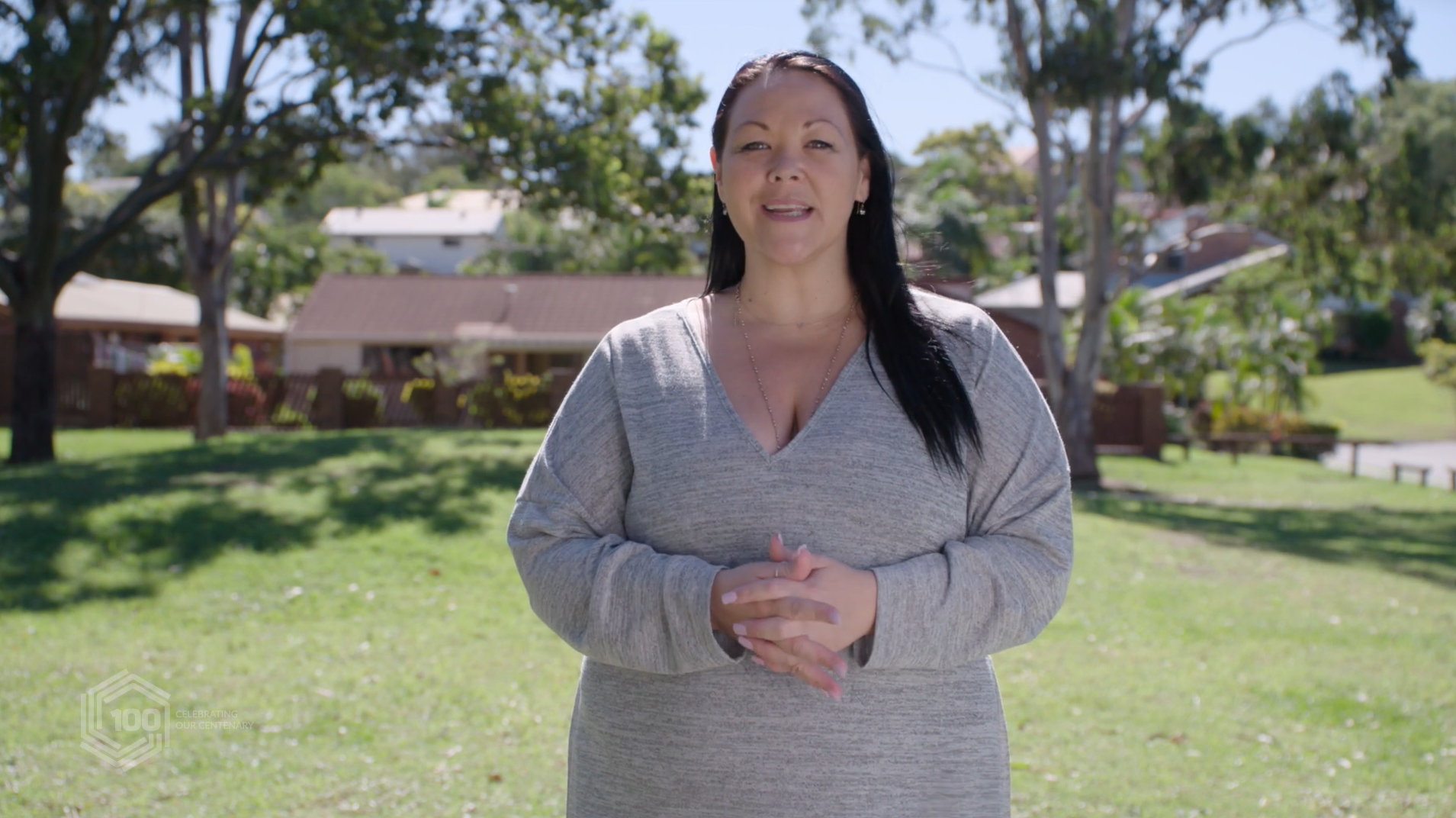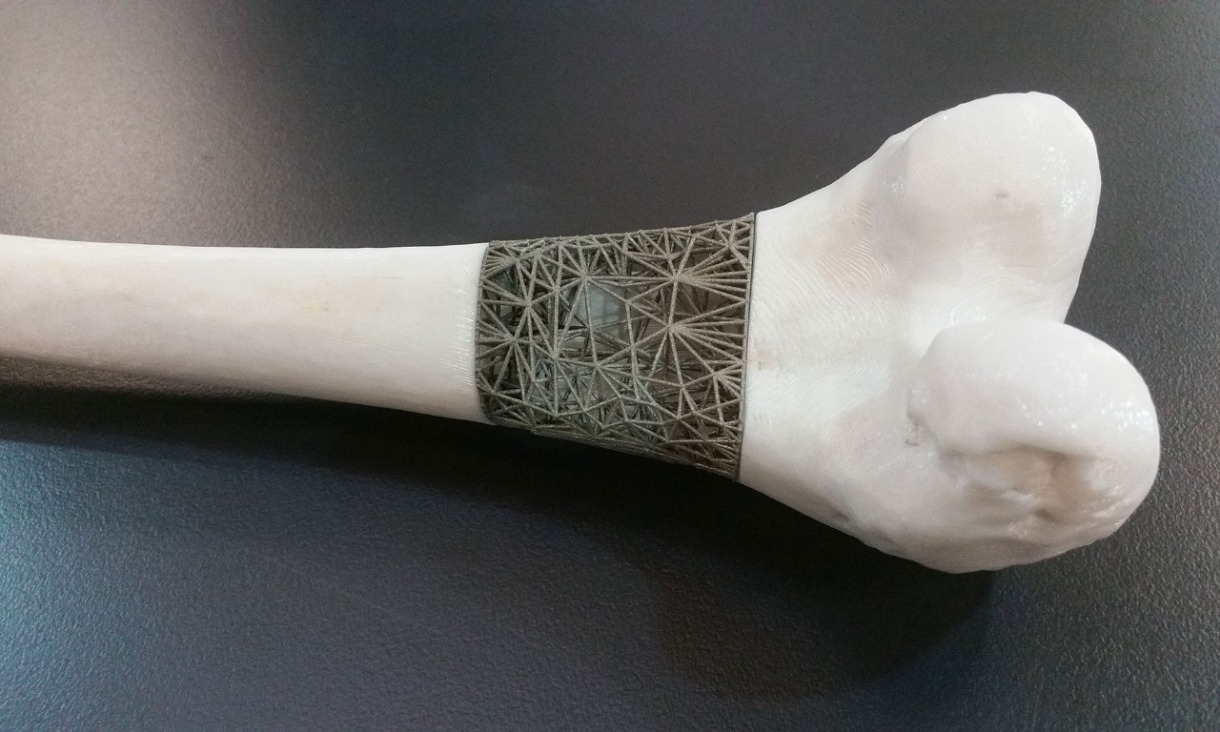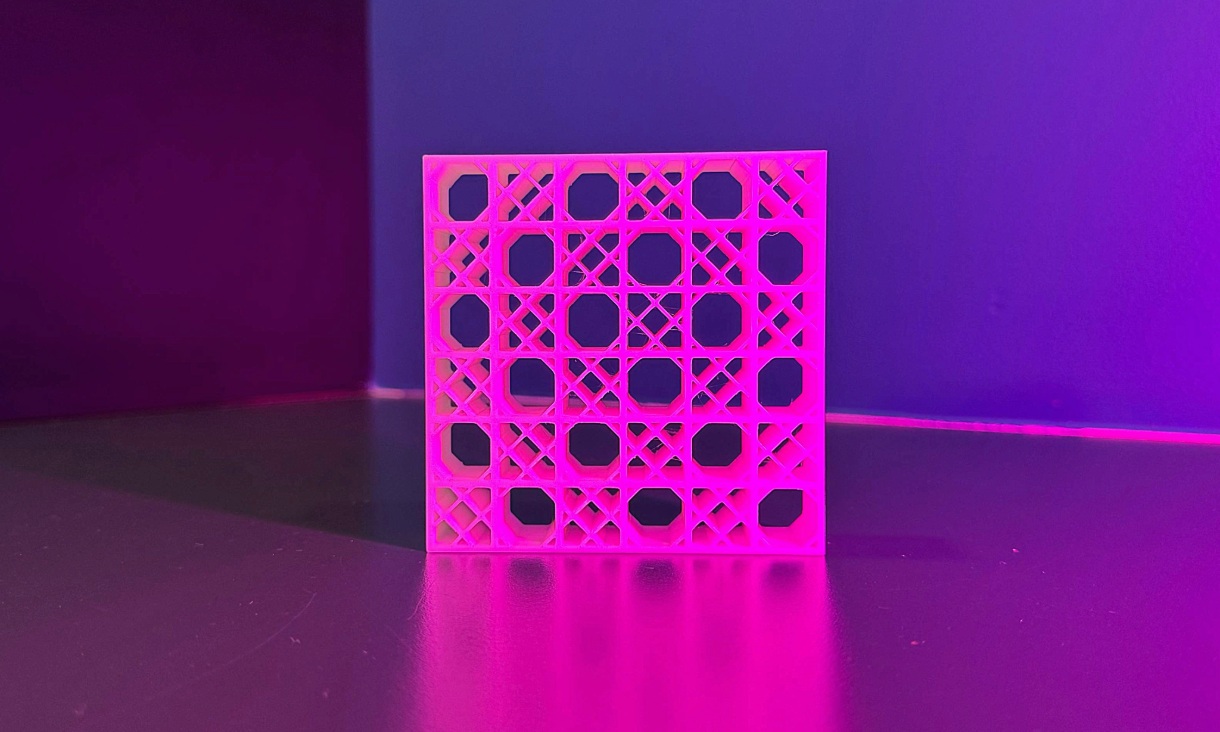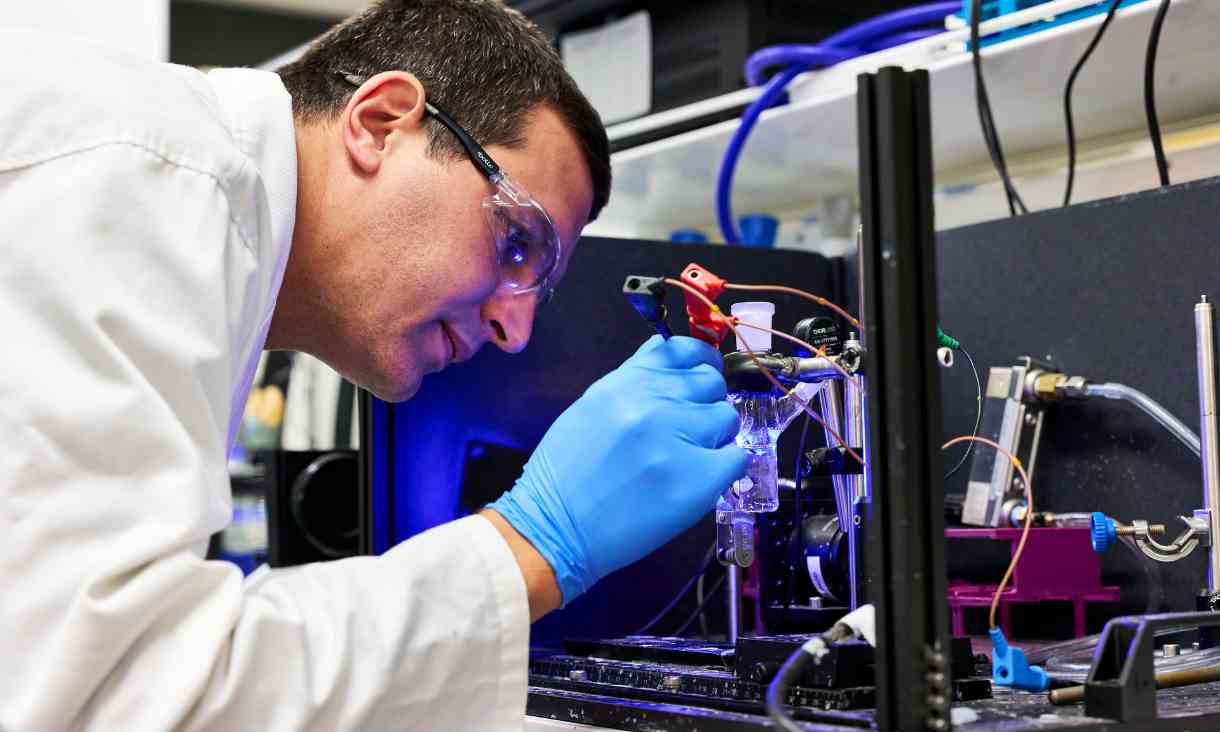Sea sponge inspires super strong compressible material
Inspired by the humble deep-sea sponge, RMIT University engineers have developed a new material with remarkable compressive strength and stiffness that could improve architectural and product designs.
New sat-nav tech boosted by Australia-India collaboration
A satellite navigation system incorporating light-based microchip technology is being scaled up for low Earth orbit applications through a new Australia-India collaboration.
RMIT cuts ribbon on world-class nanomanufacturing research centre
RMIT University has launched the Centre for Atomaterials and Nanomanufacturing (CAN), which will pioneer atomaterial research translation to drive commercial growth for Australia
Enabling circular economy practices in sustainable metal production
Researchers in the DIAMETER project will develop digital platforms focused on augmented sustainability and circularity of additive manufacturing and machining processes.
